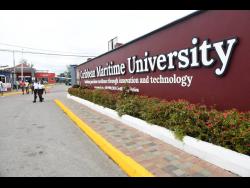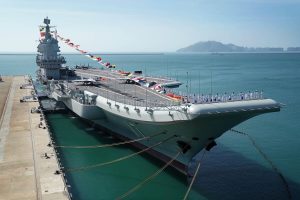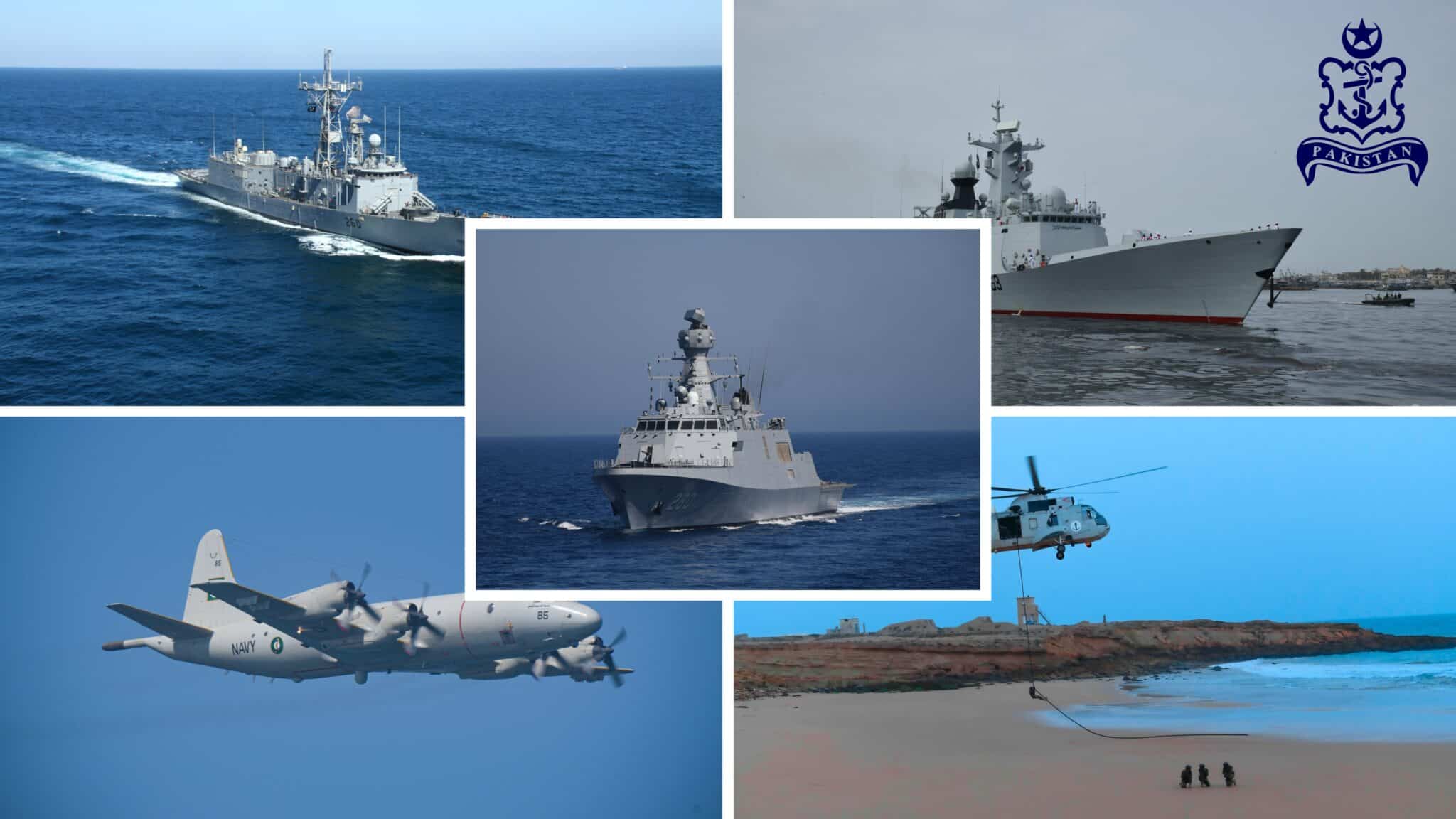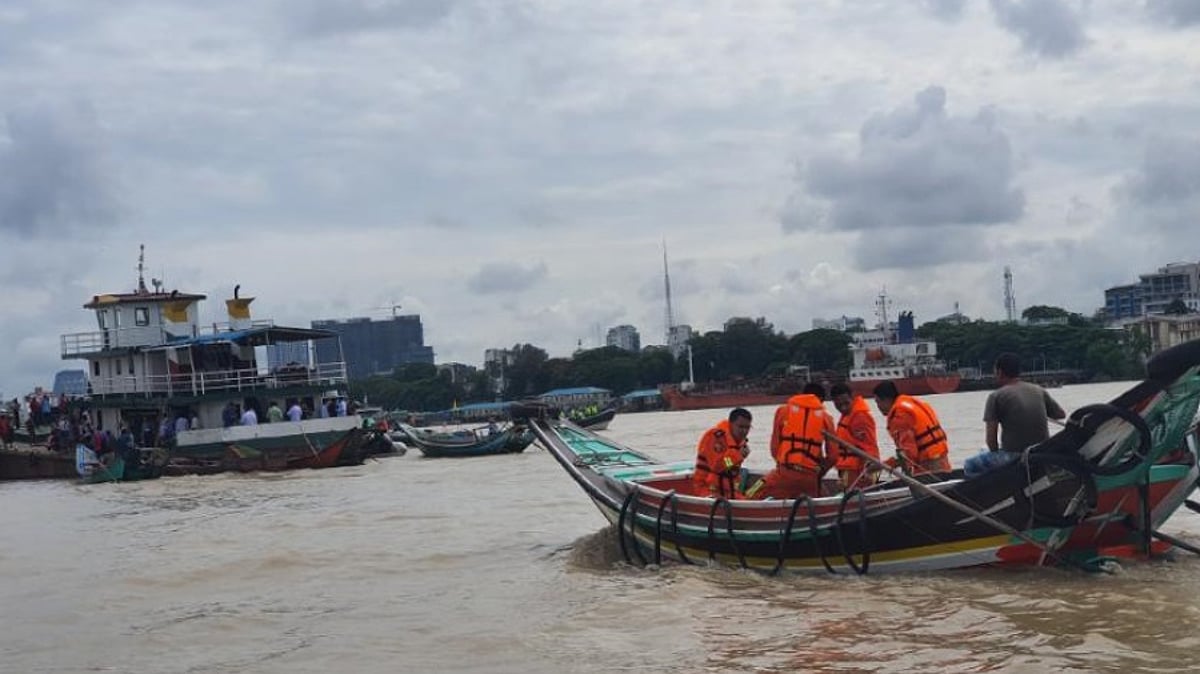The USS America, an amphibious assault ship capable of carrying stealth F-35B fighter jets, is set to be redeployed from its home port in Sasebo, Japan, to San Diego, California, later this year. The U.S. Navy confirmed its ongoing assessments of force readiness and capabilities, emphasizing its commitment to maintain a strong maritime presence in the region.
Strategically located in Northeast Asia, Japan serves as an essential security treaty ally for the U.S., hosting various U.S. military assets. This deployment forms part of a broader U.S. defense strategy, known as the first island chain, which aims to counter Chinese military influence in the region by leveraging allied territories. The USS America has been stationed in Japan since December 2019 and has recently conducted operations in the Philippine Sea.
Lieutenant Commander Katie Koenig, a spokesperson for the U.S. Pacific Fleet, noted that the Navy constantly evaluates the efficacy of its assets, ensuring optimal utilization of ships, aircraft, and facilities. The USS America features a flight deck designed for F-35B operations, utilizing short takeoffs and vertical landings, as it lacks the catapult and arresting systems typical of traditional aircraft carriers. Despite this limitation, it effectively contributes to U.S. naval capabilities in the region.
As the USS America prepares for its transition, the U.S. Navy could potentially deploy another advanced ship to Japan to fill the gap. The Pentagon is also working on enhancing its air power presence in the country. In a broader context, this move comes amid increasing tensions in the Indo-Pacific arena, including the rise of China’s naval capabilities, illustrated by the launch of its new-generation amphibious assault ship, CNS Sichuan.
The U.S. has underscored its commitment to transparency, with Lieutenant Commander Koenig affirming that any substantial changes in military force structure in Japan will be communicated to the Japanese government and public. The U.S. Navy’s Seventh Fleet, which includes the USS America, represents the largest forward-deployed fleet, routinely collaborating with allies to ensure a free and open Indo-Pacific.
In summary, the USS America’s planned redeployment signifies not only a shift in U.S. military positioning but also reflects ongoing strategic considerations regarding regional security dynamics, particularly in countering potential threats from China. The decision aligns with the U.S. commitment to strengthen its military partnerships and maintain a robust force presence in the Indo-Pacific region.
Source link










